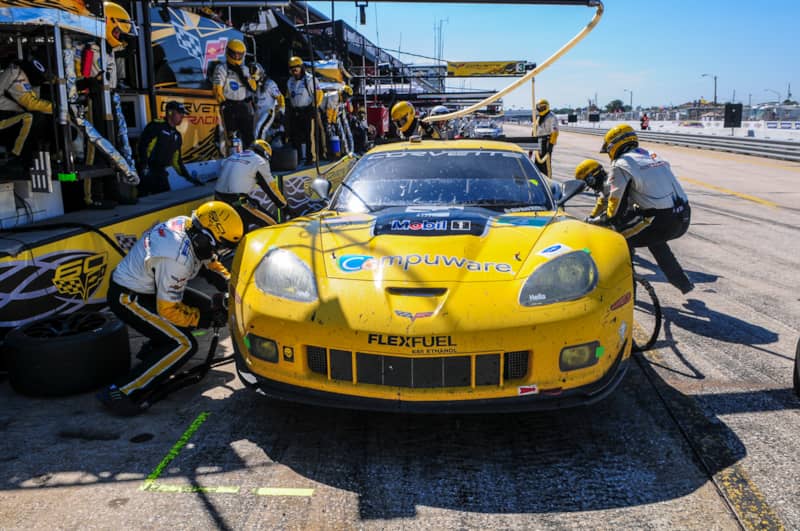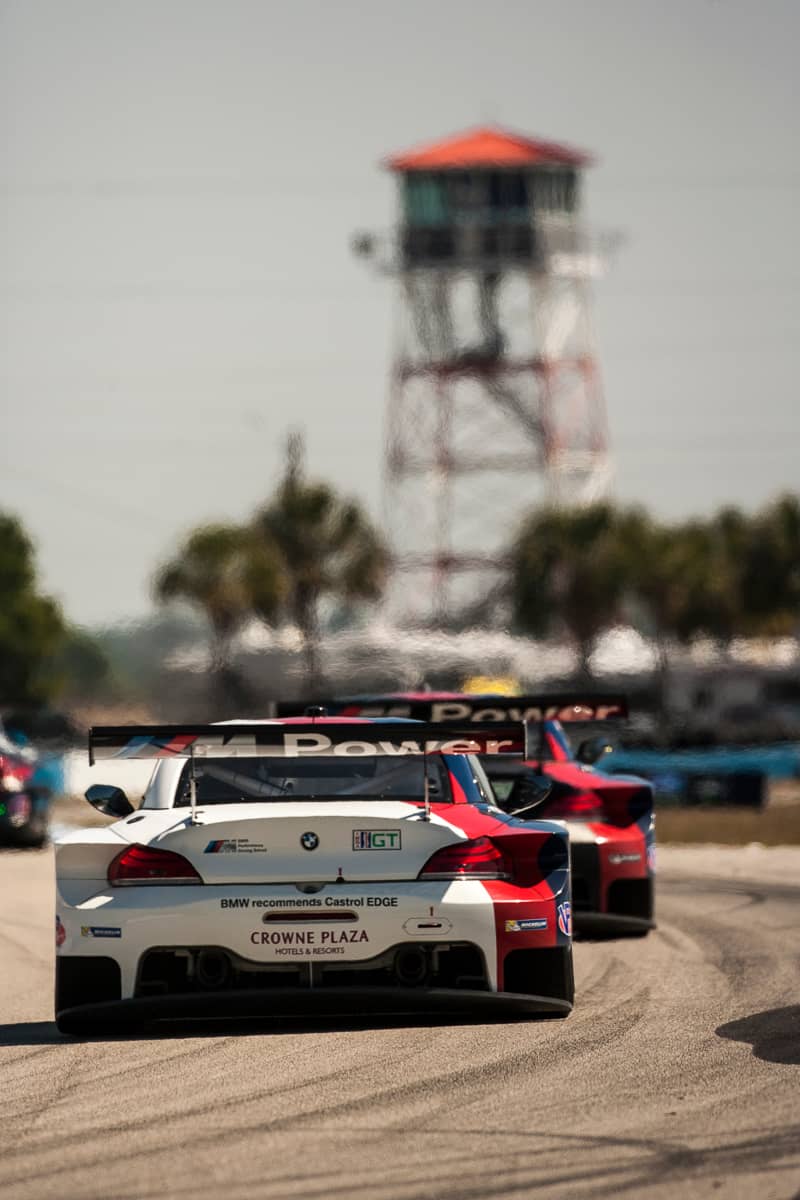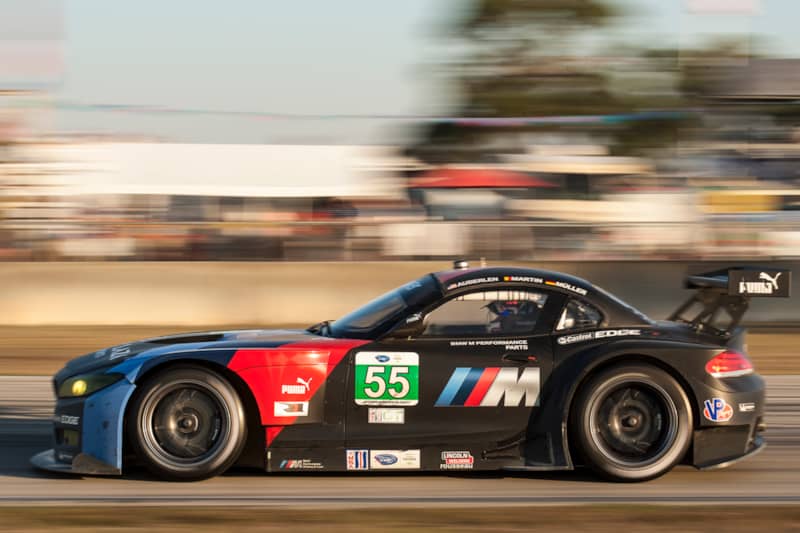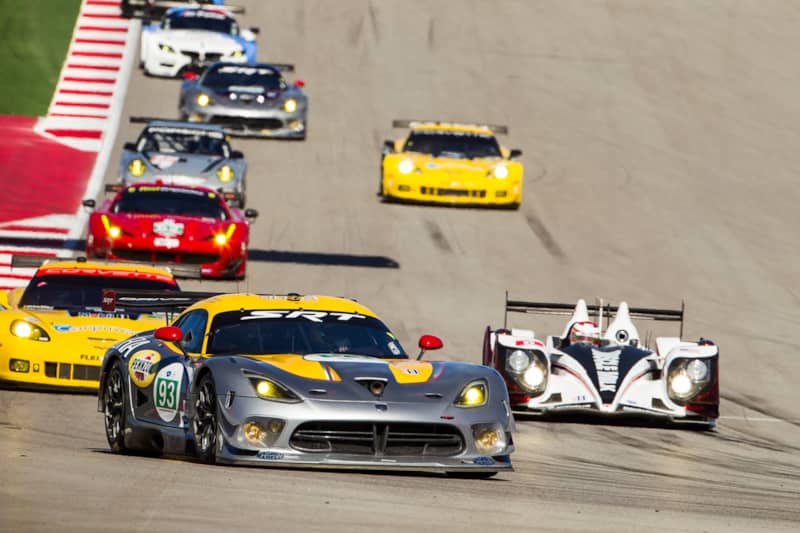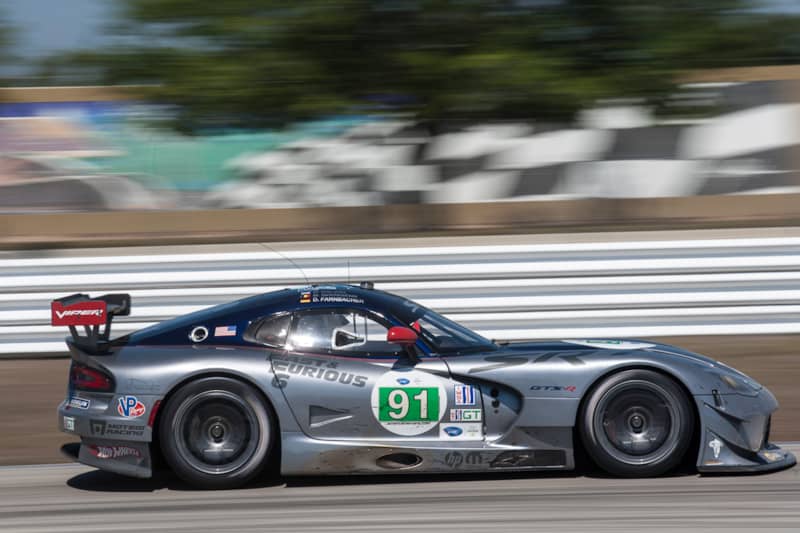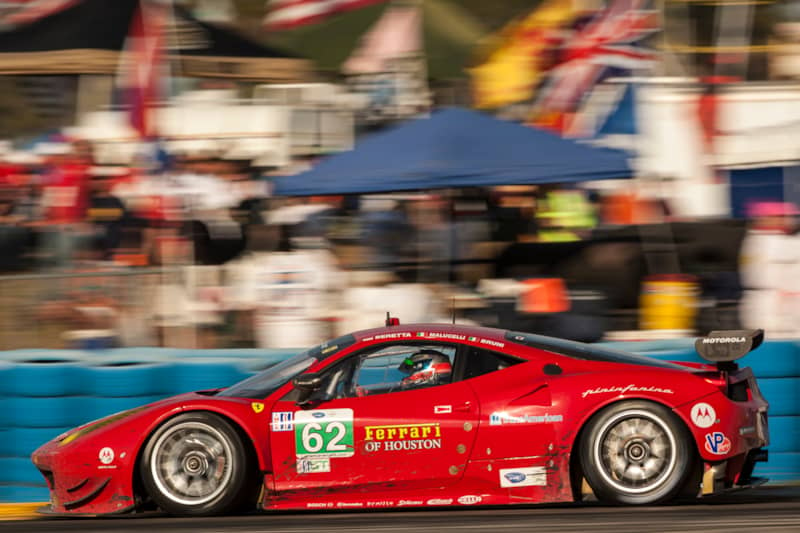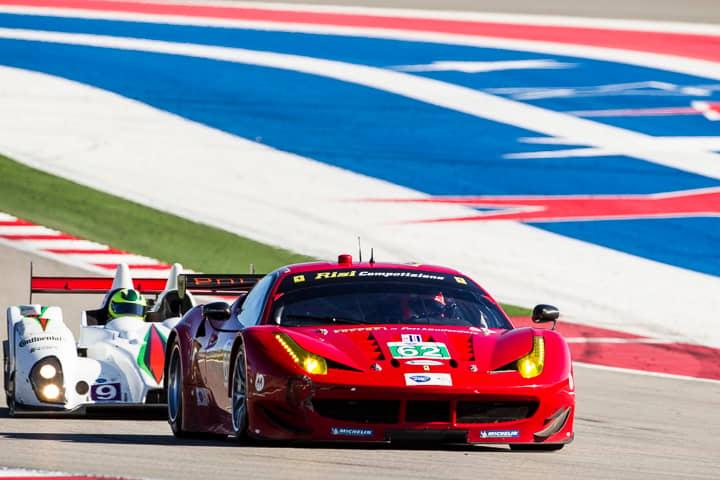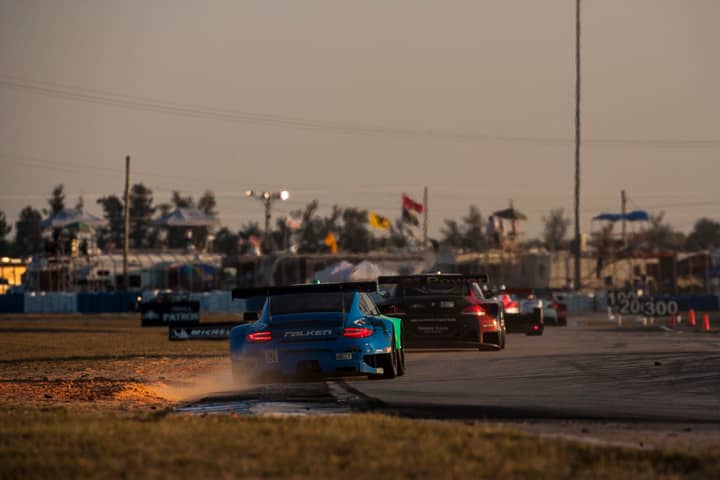GT Racing for Dummies
If you're not already following GT Racing, not quite as popular here in America versus over in Europe, you may want to get in the know - as NASCAR recently took over the American Le Mans Series (ALMS) and this year will be kicking off something called the Tudor United Sports Car Championship. So lets start 2014 off right by getting up to speed with what goes on in the sportscar racing world...GT Racing
Grand Touring motorsport (or GTs for most of us) was arguably as popular in 2013 as it has ever been. On all corners of the globe these direct developments of the sports cars that we covet on the street, are raced long and hard. Although a major part of their appeal comes from their apparent similarity to road going vehicles, and the consequent fantasy that we could also drive them, the reality is that they are purpose built racing cars. In 2013 three brands celebrated significant anniversaries and two drivers dominated the headlines, though for completely different reasons.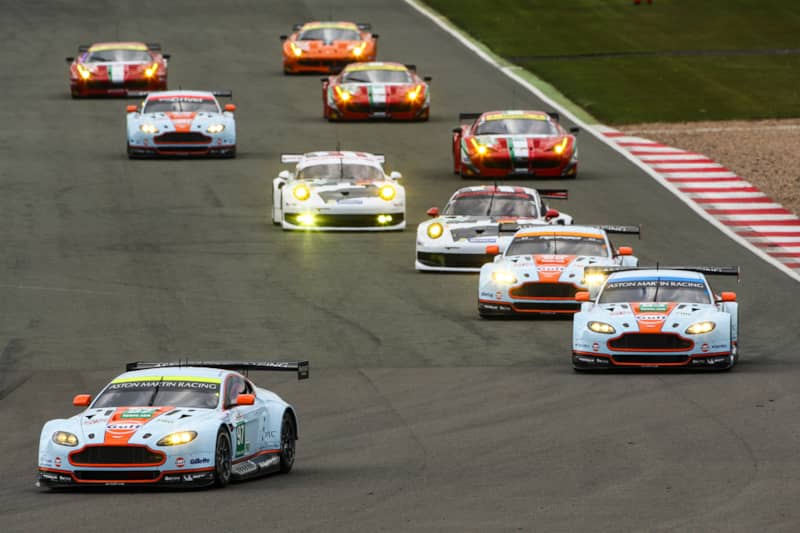
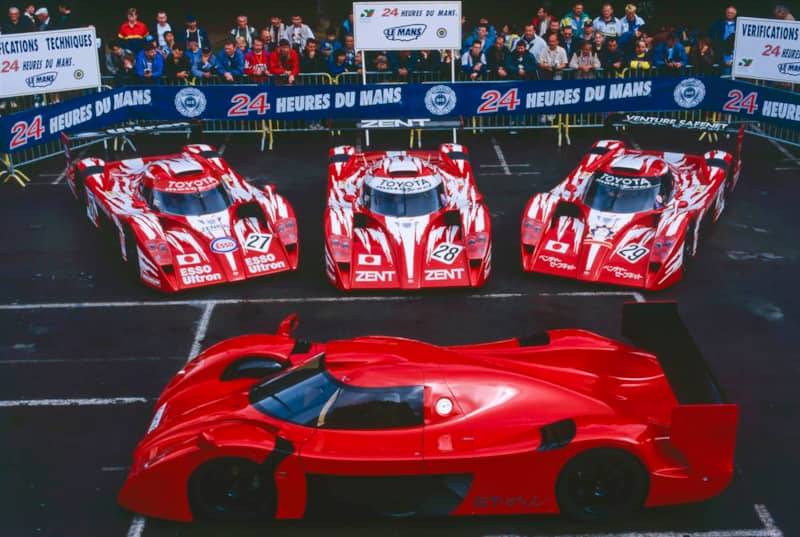
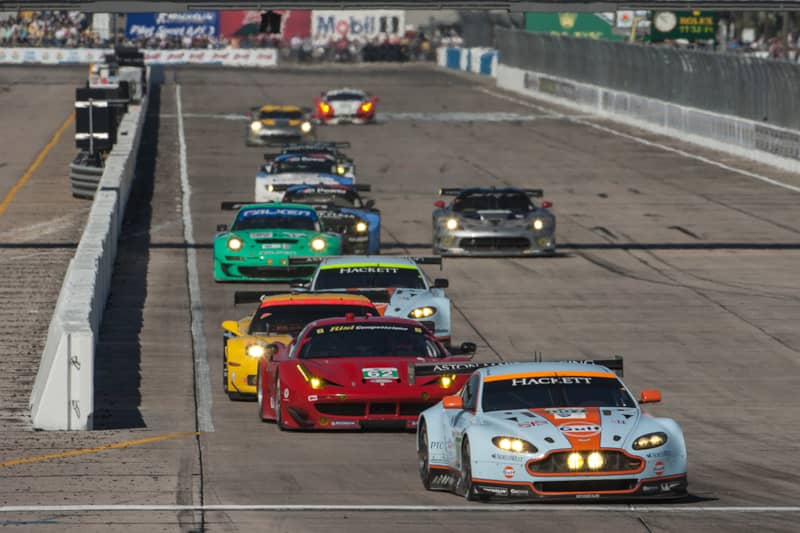
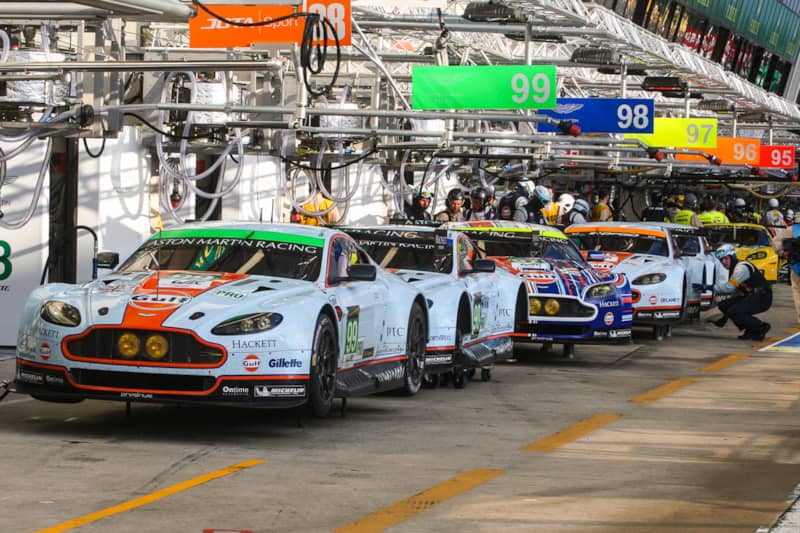
Manufacturer Roles
The cars are presented by the manufacturers to the governing bodies based on the rule book and various waivers and allowances are made or granted, with the idea of equalising overall performance and trying to keep some sort of a check on budgets. There is also an aim to broaden the number of GT cars eligible to race so that matters are not dominated by obvious marques such as Ferrari and Porsche. There were two major Championships running to these rules, the FIA World Endurance Championship and the American Le Mans Series.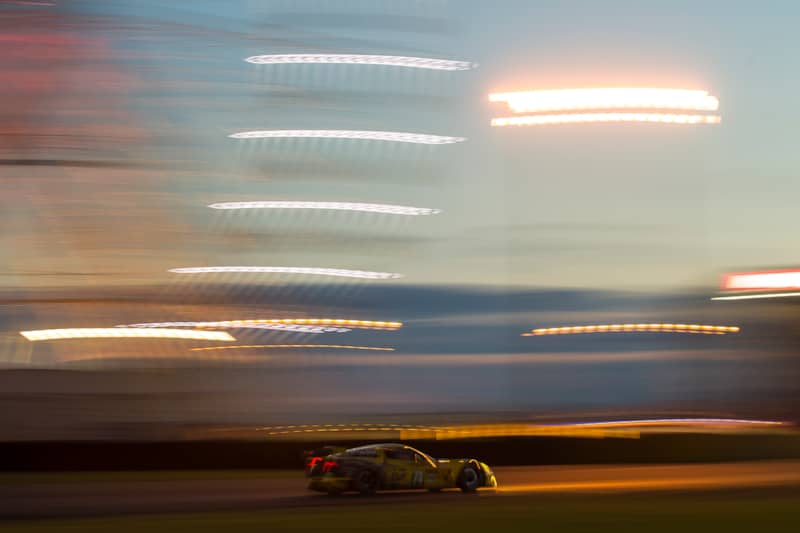
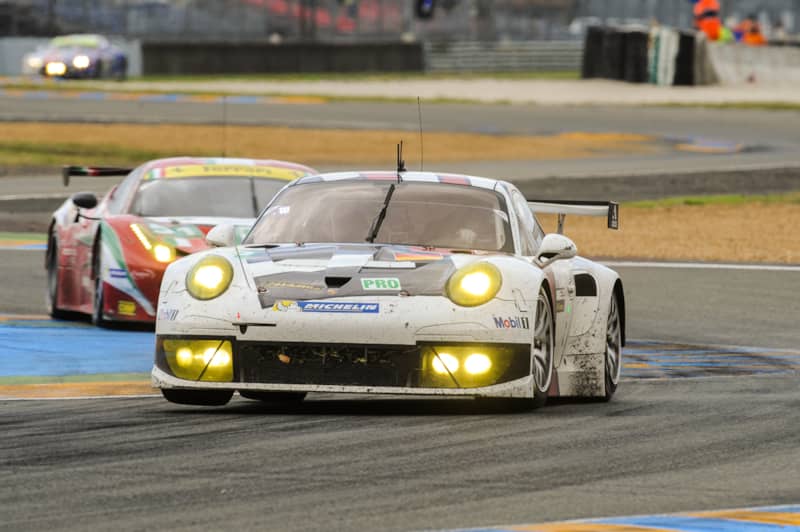
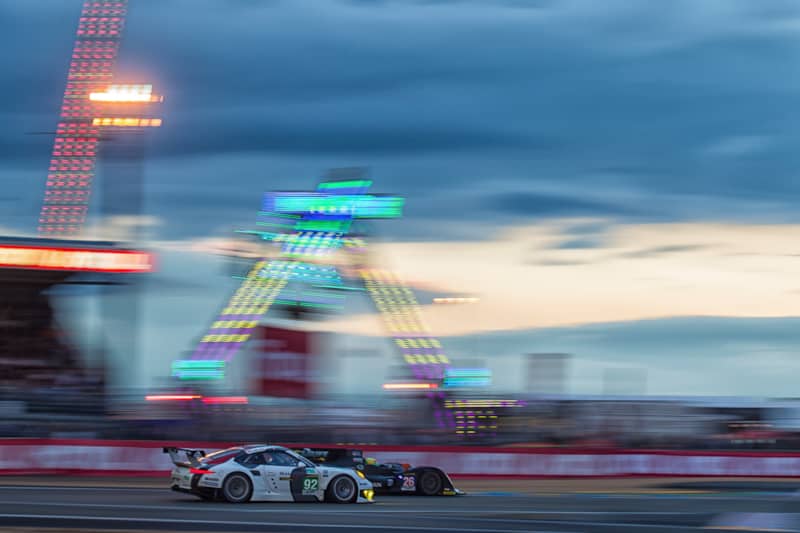
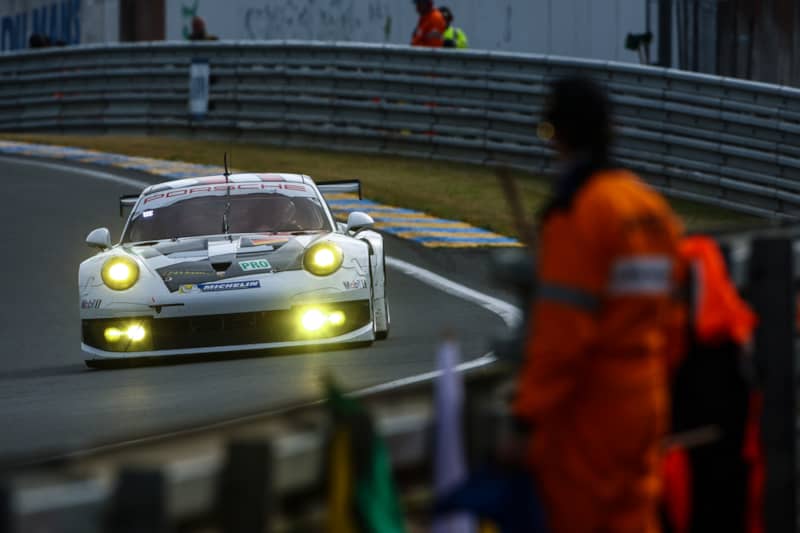
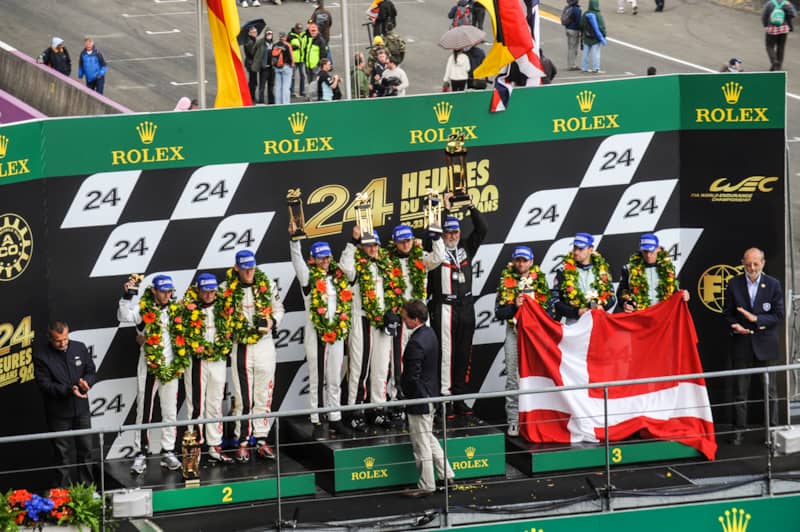
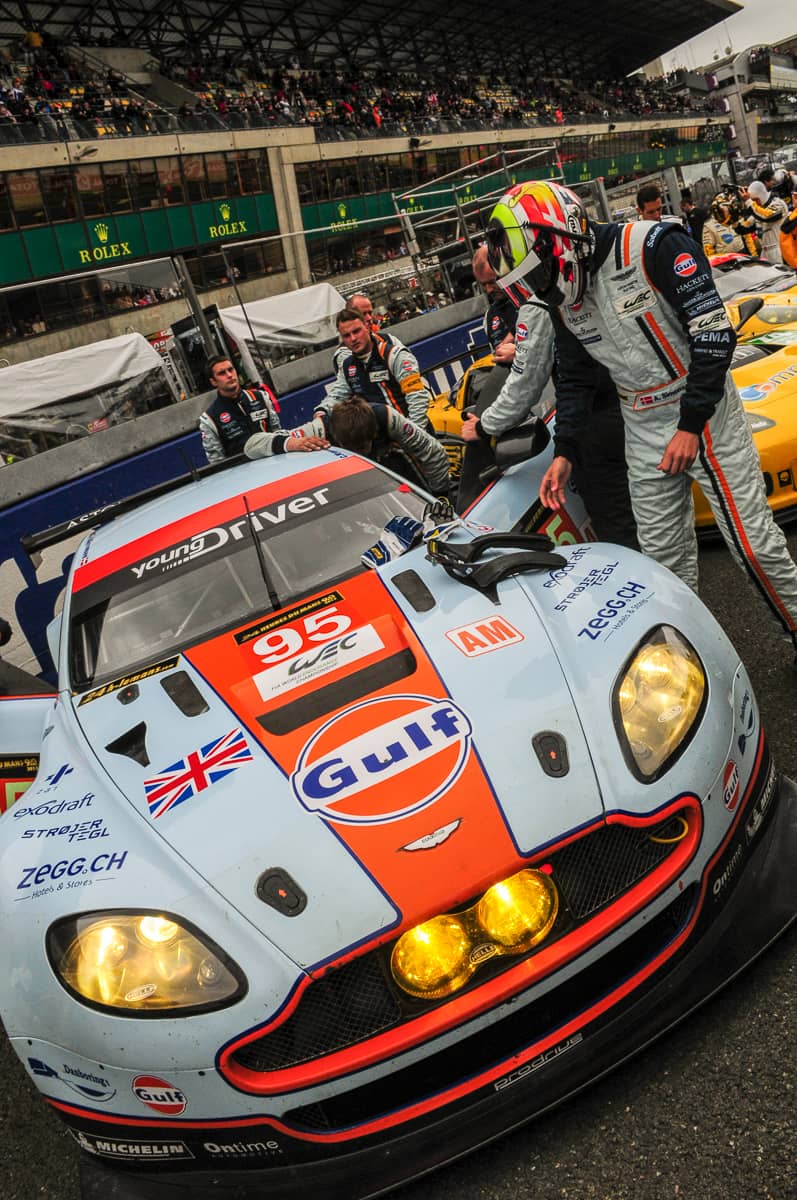
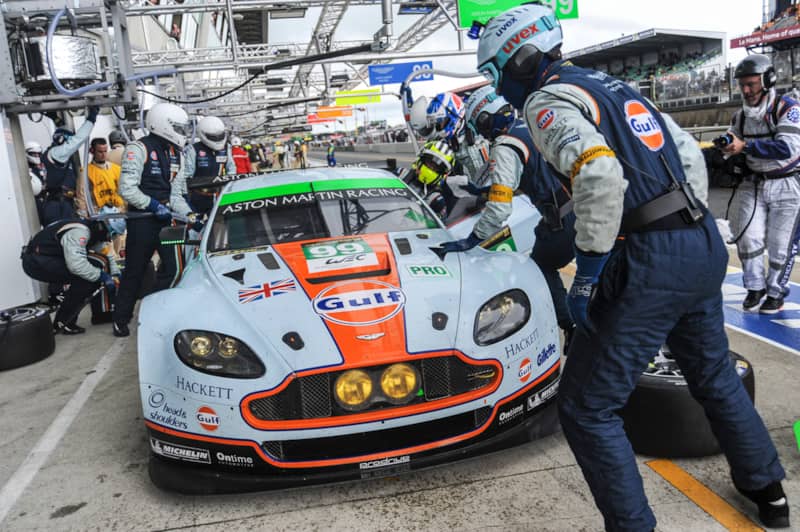
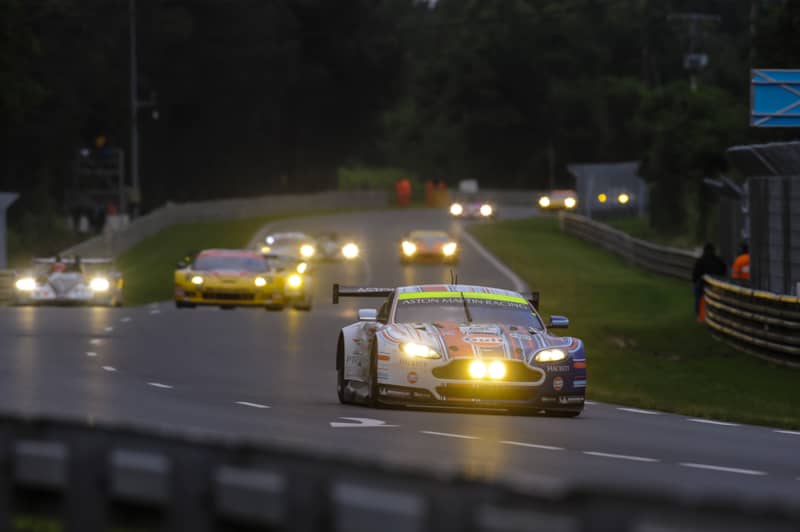
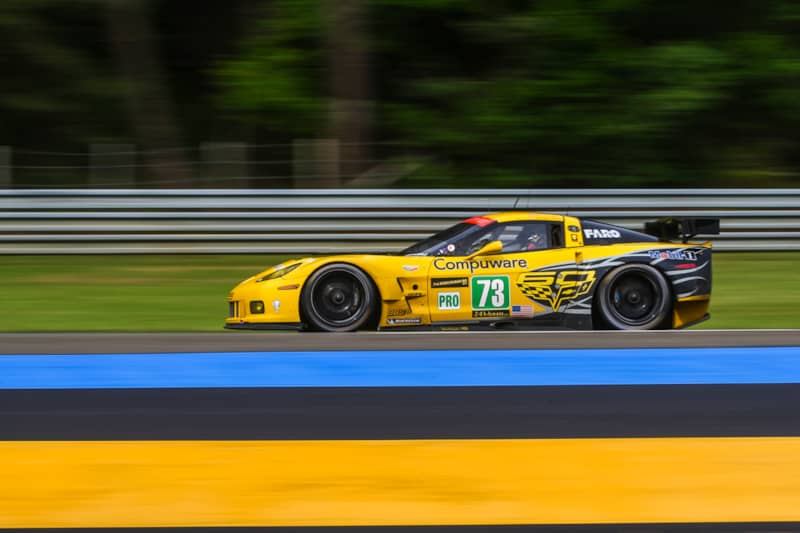
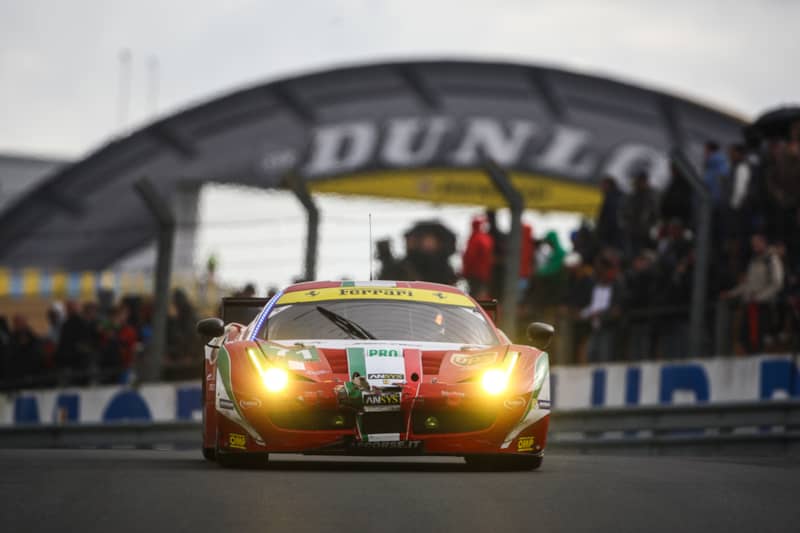
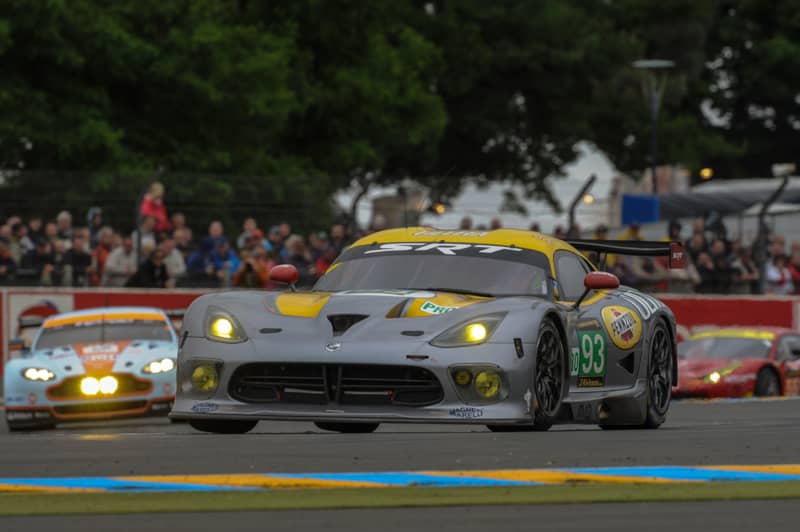
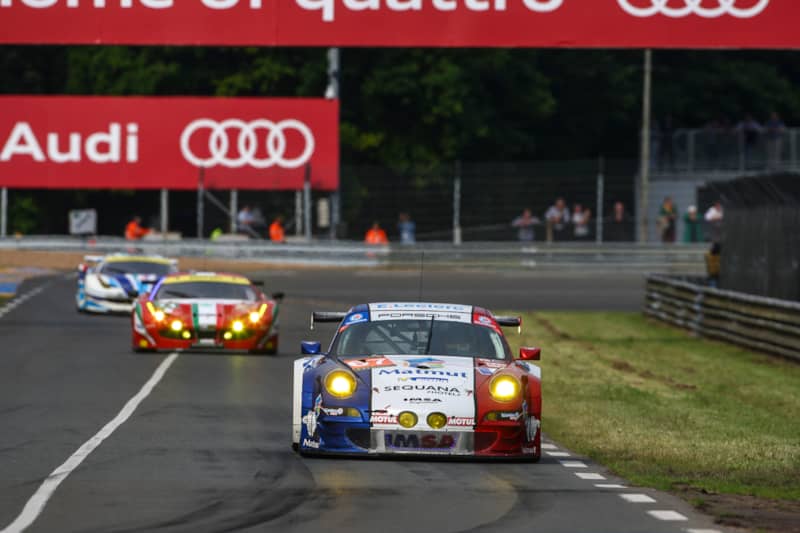
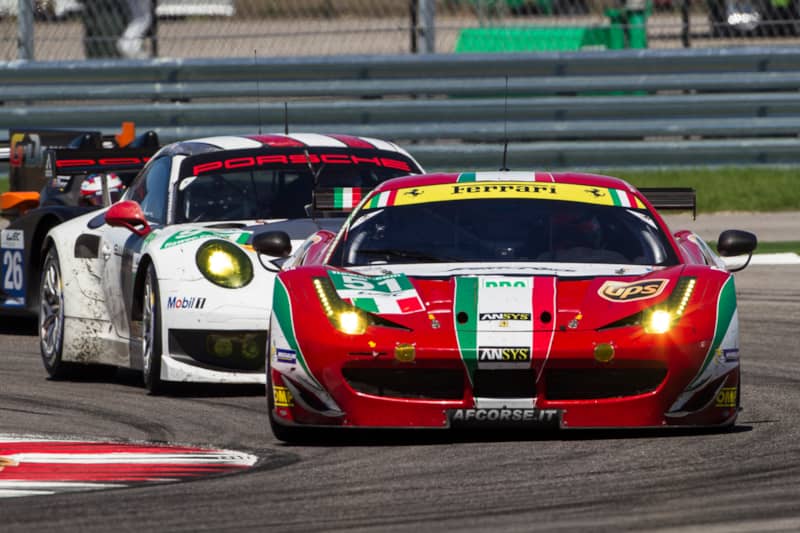
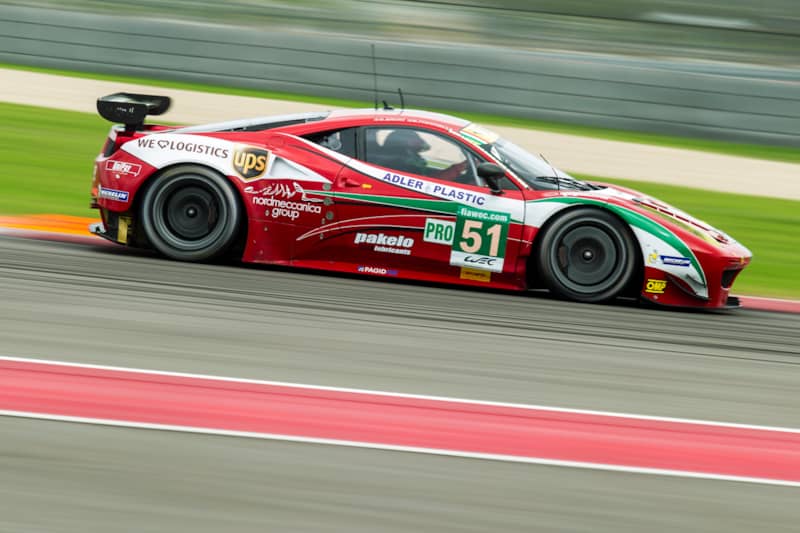
2013 Summary
Gianmaria Bruni won the GT Drivers Championship scoring three wins along the way. In addition to this Ferrari won the GT Manufacturers title and AF Corsa the Teams Trophy.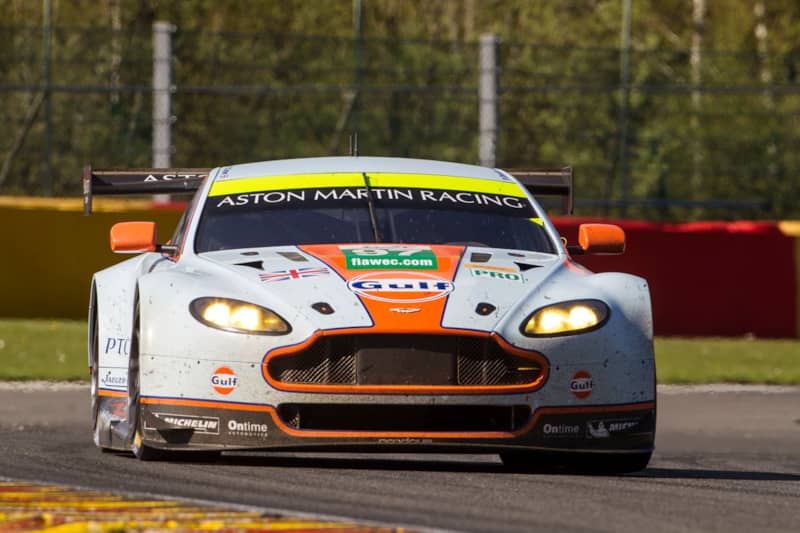
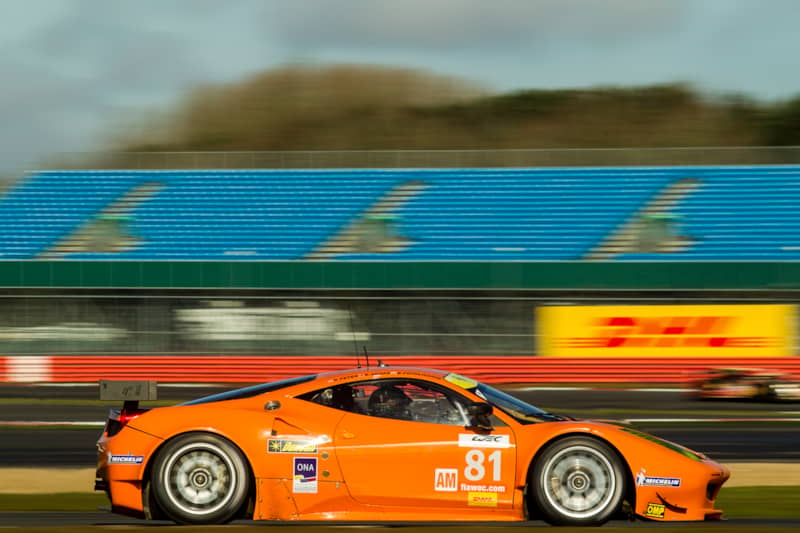
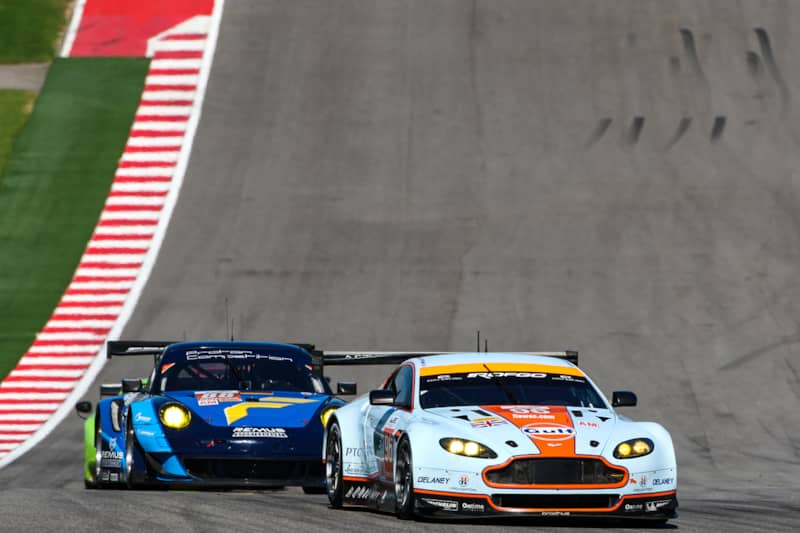
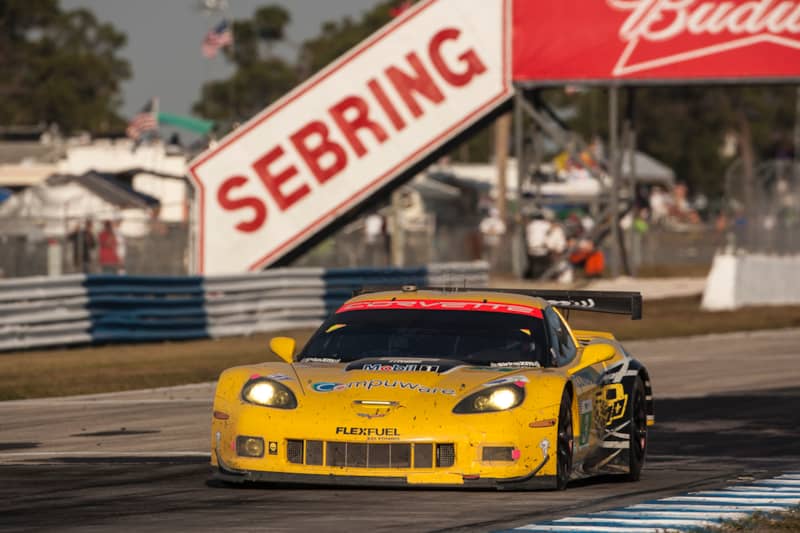
American Le Mans Series
Over on the other side of the Atlantic, the American Le Mans Series has had arguably the best GT racing on the planet for the past decade with titanic struggles between BMW, Corvette, Ferrari and Porsche, 2013 was no exception to this rule.